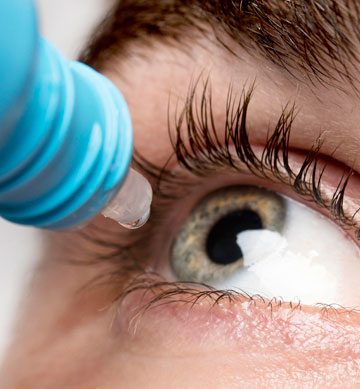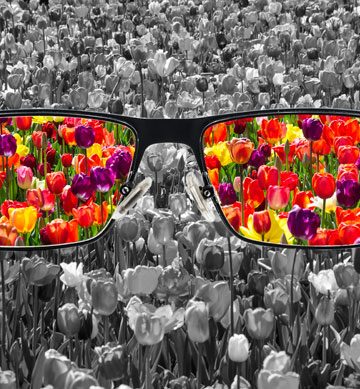We see with our brain
Yes, it’s true, we see with our brain, not our eyes. You can get amazing results by putting different filters in front of our pupils.

Dry Eye Glasses
Keep out the elements using dry eye glasses

FL-41 Eyewear
85% of migraine suffers can benefit from FL-41 lenses

Computer Glasses
Reduce computer vision syndrome with blue blocking lenses

Driving Glasses
Do you find it uncomfortable driving at night time?

Photophobia
photophobia a sensitivity to light

Colour Blindness
Glasses that will help you see true colour again
How do all these lenses work? It's what your brain sees
While the eyes play a crucial role in gathering visual information, the process of seeing involves both the eyes and the brain. Here’s a simplified explanation of how we see with our brain:
-
Light enters the eyes: The process begins when light enters the eyes through the cornea, the transparent front part of the eye. The cornea helps to focus the light onto the lens.
-
The lens focuses light: The lens inside the eye further focuses the light onto the retina at the back of the eye. The lens adjusts its shape to help focus on objects at different distances.
-
The retina detects light: The retina is a light-sensitive layer of tissue that contains cells called photoreceptors (rods and cones). These cells convert light into electrical signals.
-
The optic nerve carries signals: The electrical signals generated by the photoreceptors travel through the optic nerve, a bundle of nerve fibres, towards the brain.
-
The brain processes visual information: The optic nerve transmits these signals to the brain’s visual processing centres, such as the primary visual cortex. Here, the brain interprets and processes the electrical signals into the perception of visual images.
-
Integration of information: The brain not only processes the raw visual data but also integrates it with information from other senses and previous experiences. This integration helps in forming a comprehensive and meaningful perception of the visual world.
-
Perception and interpretation: The final step involves the interpretation of the processed information, resulting in our conscious experience of seeing. This process allows us to recognize shapes, colours, distances, and movements.
In summary, seeing is not solely a function of the eyes; it is a complex process that involves the eyes collecting visual information and the brain interpreting and making sense of that information. The brain’s role is crucial in forming our conscious visual experience and providing context to the visual stimuli captured by the eyes.
By Mike Dixon of UK Eyewear